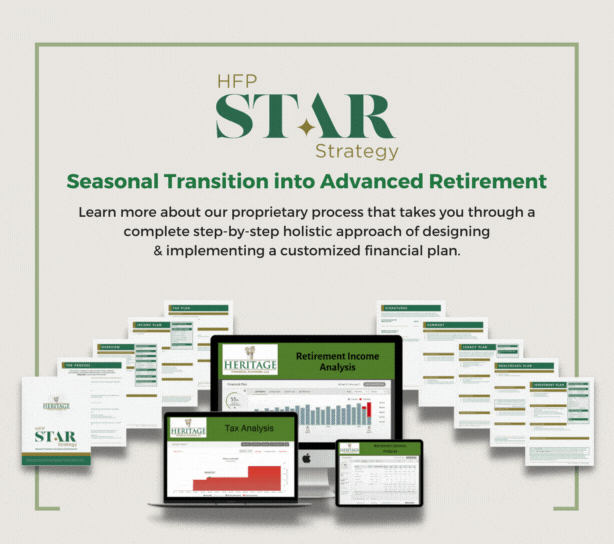Think of this. . .when you retire, you’ll have to make an incredibly important decision—one that will affect the rest of your life. If you’re part of your company’s pension plan, you’ll have to choose how you want to receive your pension proceeds. While the options you’ll be given are fairly straightforward, the decision you make will be permanent—once you make it, there’s no turning back. Take a moment now to carefully examine each option and how it relates to your retirement needs and goals so you can make an informed decision.
Typically, most pension plans give retirees the following choices:
- income for the rest of your life (single life option);
- income for the life of you and your spouse (joint and survivorship option);
- or lump-sum distribution.
At first glance, you might think that your marital status will dictate which option is best for you. But, there’s a lot more to it than that. Let’s take a closer look at the options. The first two (single life and joint and survivorship) provide you with a fixed income (usually, in monthly installments) in exchange for your pension balance. While the third option (lump sum) allows you to take your entire pension balance so you can manage it yourself.
If you are worried about outliving your assets, regardless of your marital status, you should take one of the two “income” options. It’s a simple way to ease your fears about running out of money. If you’re single, this choice is easy because you can only select the single-life option. However, if you’re married, it’s a different story altogether because you can choose either income option.
The single life option pays a higher monthly income, but payments cease at your death. While the joint and survivorship option pays a lower monthly income, payments continue until the death of both you and your spouse. If you have other substantial retirement assets, or your spouse has his or her own pension, taking the larger income offered by the single-life option is your best bet. On the other hand, if your pension is all you and your spouse have, the spousal security offered by the joint and survivorship option is the way to go.
As previously mentioned, both of these payout options require that you give up your pension balance in exchange for income. In other words, you can’t just select a payout option one day and then decide at a later date that you’d like to receive your remaining pension balance in a lump sum. With this in mind, let’s turn our attention to the final payout option—the lump-sum distribution.
Speaking of Lump Sums. . .
If you want full control over your pension assets during retirement or are concerned that your pension income may not keep pace with the cost of living, then a lump-sum distribution is the thing for you. You can take a lump-sum distribution in one of two ways. You can either roll it over into your own IRA (Individual Retirement Arrangement) or you can receive the pension proceeds net of income taxes. Unless you plan on using your pension assets for something other than retirement, don’t even think about receiving your lump sum net of income taxes. The IRA rollover makes the most sense because you’ll continue to receive the benefits of tax-deferred accumulation and only be taxed when you take withdrawals from the IRA.
As you can see, you’ll need to make some important pension decisions as you approach retirement. This will involve taking a serious look at each option to determine your best course of action. Remember, being proactive in your planning today will act as a good first step in eliminating “pension tension” when retirement day draws near. You’ve worked so hard to get you where you are today, and with all the changes taking place in our world these days, let your next step be your best step in preparing for the rest of your financial life.
Let us walk you through our proprietary STAR Strategy process and discover what sets us apart from all the rest. Our proprietary process takes you through a complete step-by-step holistic approach of designing and implementing a customized financial plan consisting of income planning, “age-appropriate” investment strategies, tax planning and positioning, health care strategies, and legacy planning.

Click here to learn more about our HFP STAR Strategy process.
While other financial companies may cover one or two of these very important aspects, we at Heritage Financial Planning, believe our clients need to have a well rounded and complete financial plan, and in order to do that, we feel it is essential to cover all five of these very important areas.
Give us a call at (574) 606-4406 to schedule an appointment.
Source:
Copyright © 2015 Liberty Publishing, Inc. All rights reserved. Distributed by Financial Media Exchange.












